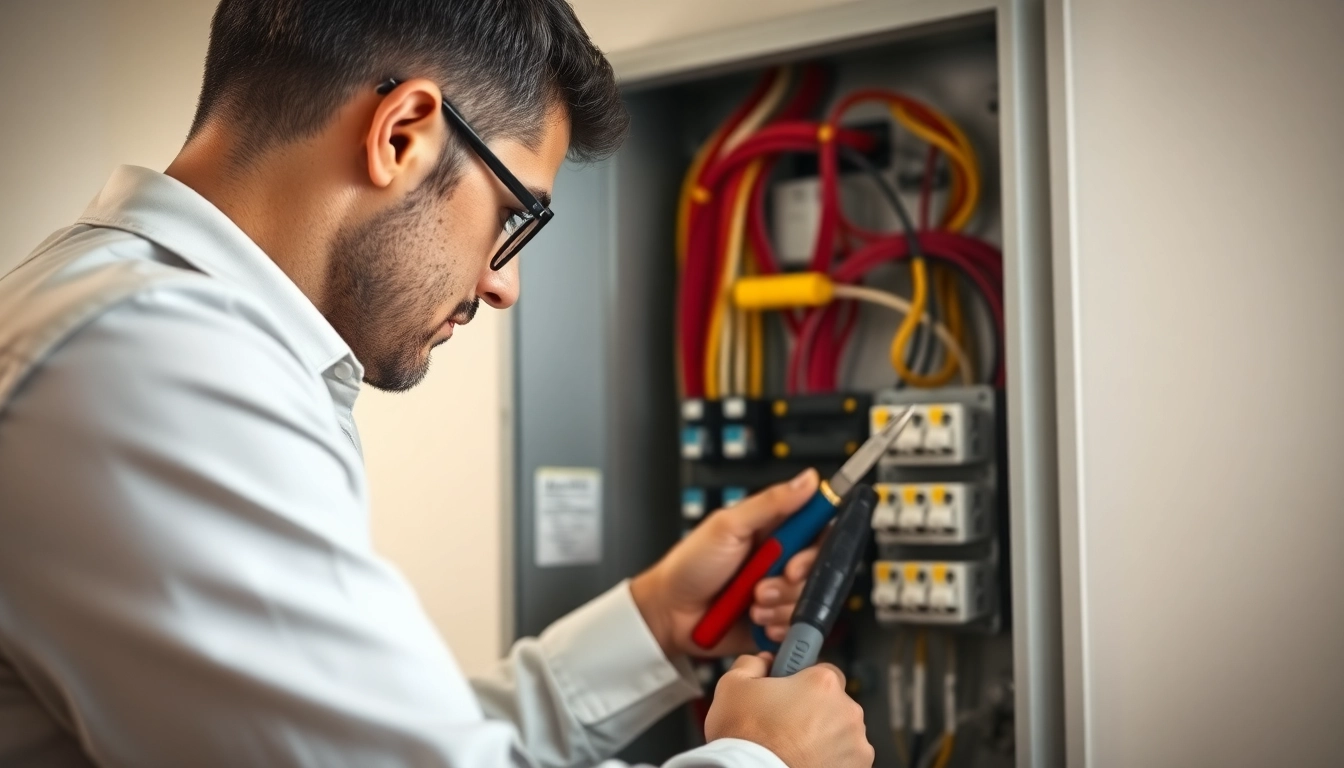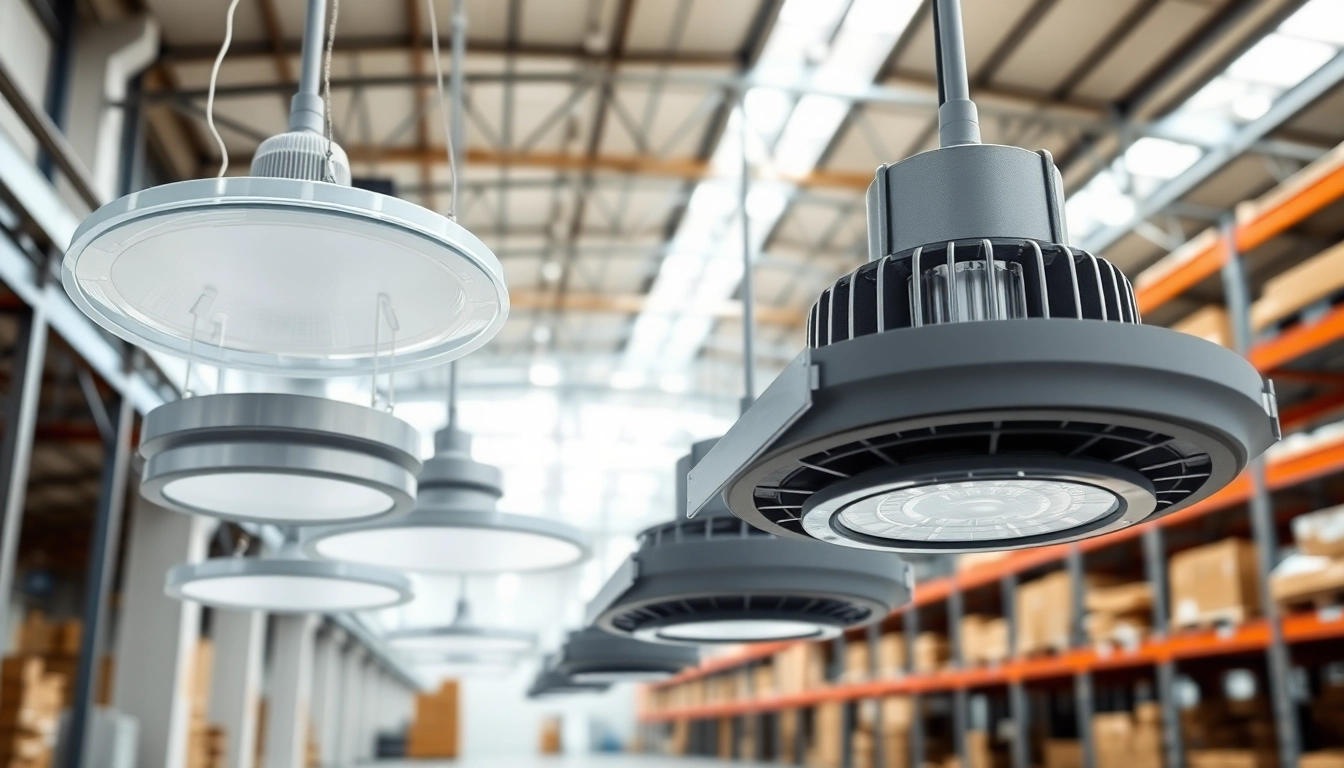
Understanding Electrical Panels
What Is an Electrical Panel?
An electrical panel, often referred to as a breaker box or service panel, serves as the central hub for distributing electrical power throughout your home or business. It is responsible for receiving electricity from the utility company and distributing it to various circuits that power everything from appliances and lights to computers and HVAC systems. Comprised of a variety of wired connections, breakers, and safety mechanisms, an electrical panel plays a crucial role in ensuring electrical safety and efficiency. To maintain the flow of energy and protect your home from overloads or shorts, understanding the function and components of your electrical panel is essential.
Common Types of Electrical Panels
There are several types of electrical panels commonly used in residential applications. Understanding these types can help when considering an Electrical Panel Upgrade:
- Traditional Circuit Breaker Panels: The most common type, featuring individual circuit breakers that can be manually turned off during maintenance or emergency situations.
- Subpanels: These are additional panels that branch off the main panel, typically found in larger homes and used to distribute power to a specific area or set of appliances.
- Fuse Boxes: An older type of system that uses fuses instead of circuit breakers to protect circuits. These are becoming less common due to safety concerns.
- Smart Panels: A newer innovation that includes digital monitoring and can interface with home automation systems, providing real-time data on energy usage.
Signs You Need a Panel Upgrade
Recognizing the signs that your electrical panel may require an upgrade is crucial for maintaining safety and efficiency in your home. Some common indicators include:
- Frequent Circuit Breaker Trips: If your breaker trips often, it might indicate that your panel is unable to handle the electrical load.
- Older Equipment: Homes with panels older than 20 years may not comply with current safety standards or offer sufficient power.
- Inability to Power New Devices: If you find it challenging to power multiple devices simultaneously, an upgrade may be necessary.
- Presence of Fuses: If your panel uses fuses, consider upgrading to a breaker panel for better safety.
Benefits of Upgrading Your Electrical Panel
Increased Electrical Capacity and Safety
One of the primary reasons homeowners consider upgrading their electrical panel is the need for increased capacity. Modern homes are equipped with advanced appliances that require more power, such as HVAC systems, electric vehicle chargers, and home entertainment systems. An upgraded panel can ensure that your home is equipped to handle these demands, thereby enhancing safety. A higher capacity panel allows for better distribution of electrical power, minimizing the risk of electrical fires and equipment damage.
Improving Home Efficiency
In addition to capacity, an upgraded electrical panel can enhance your home’s overall energy efficiency. Newer panels often come with better circuit breakers that prevent energy wastage. Furthermore, by minimizing overload situations, these panels help reduce wear and tear on your electrical systems and appliances, leading to longer life and lower energy costs.
Enhancing Property Value
Upgrading your electrical panel can also result in a boost in property value. Many prospective buyers look for homes with modern wiring and safe electrical systems. An updated panel demonstrates to buyers that the home is well-maintained and secure, making it more appealing should you decide to sell in the future. Moreover, it can also provide a selling point, showcasing energy efficiency and the ability to handle modern electrical demands.
When to Consider an Electrical Panel Upgrade
Indicators of Insufficient Power
If you find yourself frequently running out of electricity for standard household items, it may be time to assess your panel’s capacity. Indicators such as flickering lights, a burning smell from outlets, or devices failing to charge properly can all suggest that your current panel is unable to support your home’s demands. In these cases, an upgrade from a lower amperage panel to one that supports 200 amps may be essential.
Planning for Future Electrical Demands
Future-proofing your home is another solid reason to upgrade your electrical panel. As technology continues to evolve, our reliance on electricity is set to increase significantly. Planning for potential additions, such as electric vehicle charging stations, smart home devices, and additional appliances, necessitates a panel that can accommodate these needs. An electrical panel upgrade allows homeowners to stay ahead of these anticipated demands.
Regulatory Considerations
In some regions, building codes may require an upgrade with certain renovations or improvements to ensure compliance with current safety standards. Checking local laws before making changes ensures that you won’t encounter legal issues down the line. It’s important to consult with a certified electrician to determine what upgrades are necessary for compliance.
Cost Factors for Electrical Panel Upgrades
Understanding Average Costs
The cost of upgrading an electrical panel can vary widely based on several factors. On average, homeowners can expect to pay between $800 and $4,000, depending on the scope of the project and materials used. For example, upgrading from a 100 amp to a 200 amp panel may cost around $1,300 to $3,000. These costs can include permits, labor, and any necessary wiring changes. Understanding the average costs can help you budget appropriately and avoid going overboard financially.
Available Financing Options
If the costs for an electrical panel upgrade seem daunting, several financing options may alleviate financial pressure. Many utility companies offer financing and rebate programs aimed at encouraging homeowners to pursue upgrades for safety and efficiency. Additionally, personal loans, home equity lines of credit, or financing through contractors may also be possible routes to explore.
Tax Credits and Rebates
Some governmental entities offer tax credits or rebates for upgrading electrical panels, particularly if the new system improves energy efficiency. Programs like the ENERGY STAR tax credits assist homeowners in offsetting costs when upgrading to energy-efficient systems or using renewable energy sources. Always consult a tax professional for detailed eligibility requirements and potential savings.
Choosing the Right Electrician for Your Upgrade
Key Qualifications to Look For
Selecting a qualified electrician for your panel upgrade is paramount to ensuring safety and compliance. When researching electricians, consider their credentials—license, insurance, and experience relevant to panel upgrades. It may also benefit you to look into their reviews and past project portfolios to affirm their capability in handling similar jobs successfully.
Questions to Ask Before Hiring
Prior to settling on an electrician, prepare a list of questions to ensure the service aligns with your expectations and needs. Some critical inquiries include:
- What is your experience with electrical panel upgrades?
- Can you provide references or past work examples?
- How do you calculate costs, and what is included in your quote?
- What guarantees do you offer on your work?
Scheduling an Inspection and Estimate
Once you’ve selected an electrician, the next step is to schedule an inspection of your current panel. The technician will assess its condition and your power requirements to provide a detailed estimate of the upgrade cost, materials needed, and estimated timeline for completion. Being present during the inspection can allow you to ask questions and understand the process more clearly.





